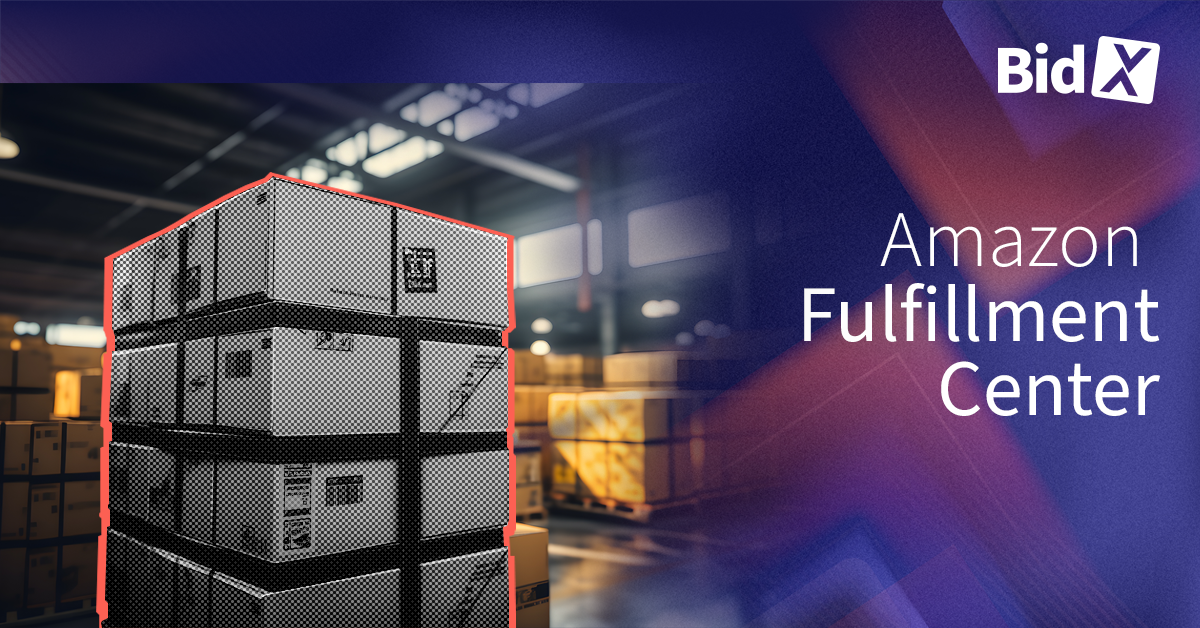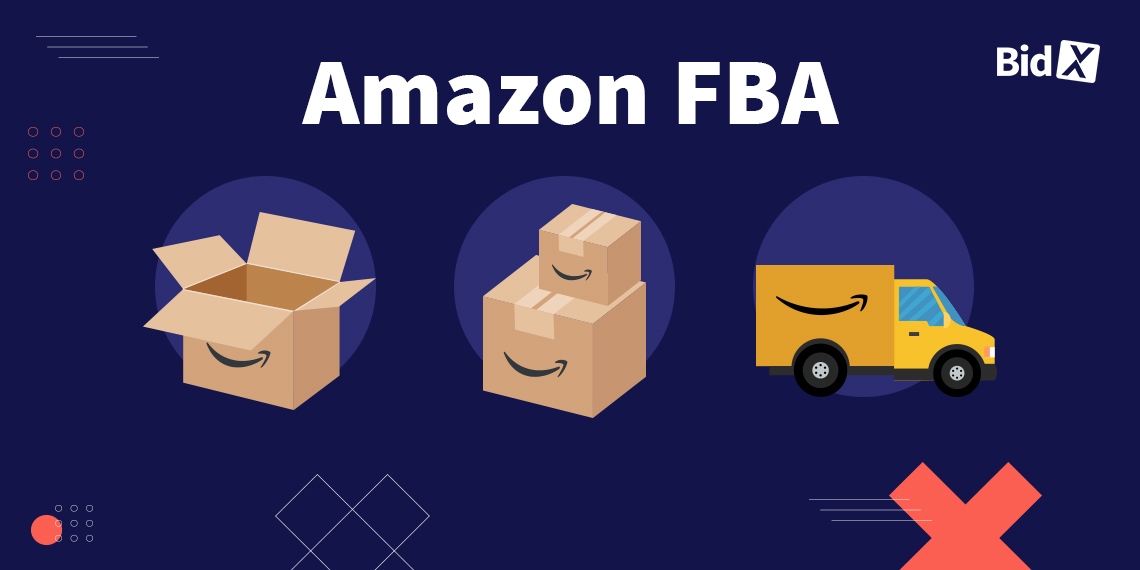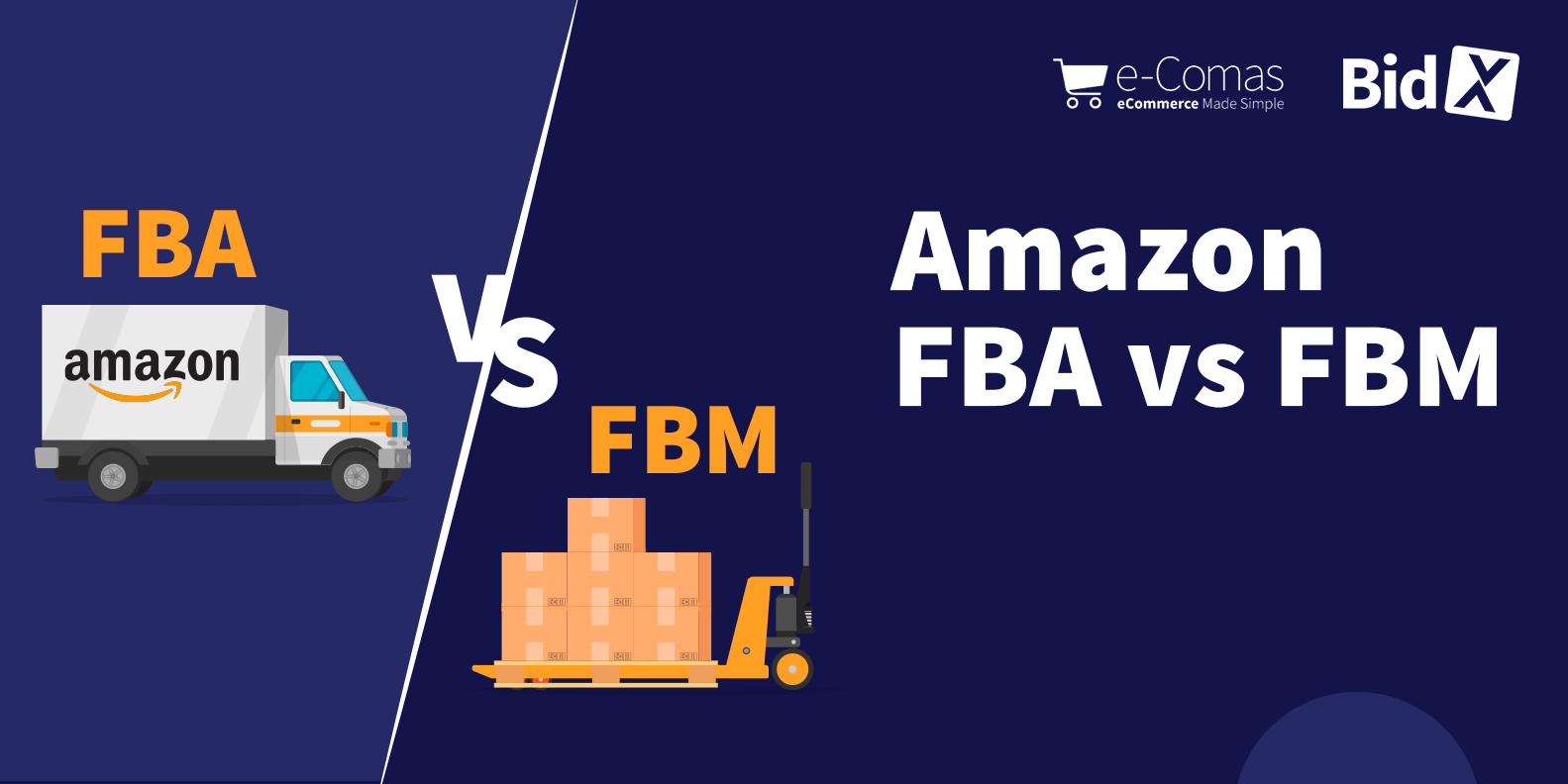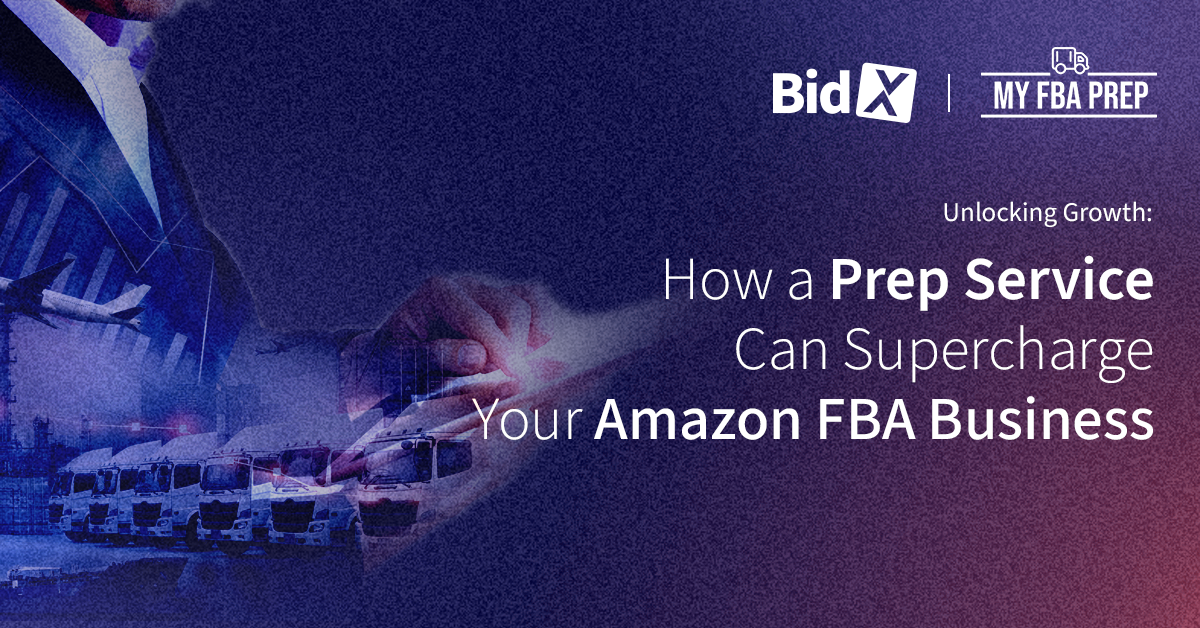Amazon Fulfillment Center: What Is It and How Does It Work?
Amazon sellers looking to scale their businesses know the importance of Amazon fulfillment centers. These facilities simplify the process of storing and shipping products to customers, enabling sellers to focus on different aspects of their business.
But what exactly is an Amazon Fulfillment Center? Why is it sometimes called a “distribution center”? And what other benefits do sellers get?
To answer these questions and more, it’s helpful to understand the following knowledge, workflow, and logistics involved in Amazon's fulfillment services.
What Is the Amazon Fulfillment Center?
Amazon fulfillment centers are large warehouses where Amazon stores and processes the inventory of the products sold on the Amazon platform. These facilities ensure the speedy delivery of orders to customers worldwide by picking, packing, and shipping products from the nearest center to the customer's location.
Amazon's efficient fulfillment network relieves the burden of managing post-order logistics in-house or through a costly third-party logistics company (3PL). That way, sellers can concentrate on product development, marketing and other business objectives that take significant time to achieve.
How Does a Fulfillment Center Work?
When customers place an order and the seller uses Fulfillment by Amazon (FBA), this sets in motion a chain of events that begins within the platform's optimized fulfillment network Each center has advanced technologies, such as robotics, to help optimize the picking and packing process.
When customers place an FBA order, a mobile robot at the fulfillment center brings a pod with the item to the "Pick" station. A shining light directs an employee to this station, where the employee grabs the item, inspects it for damages, and places it in a yellow tote. This tote has a physical and virtual map that allows the fulfillment center to track the item's location. Once the tote is full, an employee moves it to a conveyor belt, which transports it to the packing station.
In the final fulfillment stage, a packing station employee carefully packages the items, adds any necessary packing materials, and seals the box before placing it on another conveyor belt for shipping.
What Are Amazon Fulfillment Centers Services?
Fulfillment centers offer various services, including specialized handling of products such as clothing, cold storage for food, hazardous materials, and bulky items. Additionally, many fulfillment centers provide services like gift packaging, inventory management, and same-day delivery.
Below is an overview of the most comprehensive fulfillment services available to Amazon sellers:
1) Efficient inventory management
Amazon's warehouses have modern inventory management systems that efficiently track products. These systems use advanced technology to assign unique codes to each item, making inventory tracking precise and retrieval simple. Sellers can use these systems to manage their stock effectively and prevent shortages or excess inventory.
2) Robust shipping and delivery options
Amazon sellers can offer their customers competitive shipping prices by negotiating the best shipping rates with Amazon fulfillment centers. These centers provide various shipping options, including expedited, same-day, and international shipping.
3) Automated packing machines
Automated machines are key in fulfillment centers, minimizing human involvement and error while optimizing packaging. They handle dynamic activities, including wrapping, sealing, and labeling, resulting in faster and more efficient order processing.
4) Full-service return management
Efficient return management is essential for both customer satisfaction and seller success. Amazon's fulfillment centers have created a streamlined return process that involves accepting, inspecting, and processing returned items. This saves sellers significant time, enabling them to focus on other aspects of their business.
5) Seller support and training
Amazon's fulfillment centers provide extensive support and training for sellers. This includes guidance on inventory management, packaging requirements, and best practices for order fulfillment. Sellers can also access various online resources, documentation, and assistance from Amazon's support teams to help them navigate the fulfillment process effectively.
What Are the Benefits of Using an Amazon Fulfillment Center?
Here’s an in-depth look at the benefits of using the platform’s fulfillment center:
1) Save on shipping and delivery fees
Due to pre-negotiated rates with carriers, Amazon's fulfillment services offer competitive shipping prices. This cost advantage is especially valuable for small and medium-sized sellers who may have little bargaining power with expensive third-party logistics providers.
2) Delivery that’s both quick and dependable
Speedy and reliable delivery are the main factors that drive customer satisfaction in e-commerce. According to a recent customer satisfaction index, Amazon has outperformed its competitors with an impressive 84% satisfaction rating. This solidifies the company's position as a leader in efficient and reliable deliveries.
3) Access to Amazon Prime
The Prime program is a popular feature on Amazon, with over 230 million members worldwide. Prime members enjoy various benefits, including free and fast shipping. This is important because 41% of shoppers expect quick 24-hour delivery. If the shoppers are concerned about delivery times, they tend to abandon their purchases. By using Amazon’s fulfillment centers through the Prime program, sellers can reach a wider audience and benefit from the trust and loyalty associated with it.
4) Increased potential to expand and grow
Amazon fulfillment centers offer a scalable solution for sellers, adapting to changes or demands in the marketplace on their behalf. Whether it’s a surge in sales during peak seasons or the seller’s expanded product catalog, Amazon's infrastructure and resources can handle the increased workload. This eliminates the need for additional warehouse space and logistics management.
What Is the Difference Between a Fulfillment Center and a Distribution Center?
Fulfillment centers, distribution centers, and warehouses are often mentioned interchangeably but have important distinctions.
A fulfillment center specializes in moving or “offloading” products quickly and efficiently. It’s a place of high productivity, with items shipped individually or in bulk. A warehouse, by comparison, is generally used for storing goods and may not process a high order volume that fulfillment centers typically handle.
A distribution center, on the other hand, is a large facility that deals with goods in bulk quantities. Its main function is to take these large quantities of goods and distribute them among recipient facilities such as wholesale channels, big box retailers, and fulfillment centers.
How Much Does an Amazon Fulfillment Center Cost?
Amazon charges sellers a per-unit fee to store, process, and ship items through FBA. On average, sellers pay a 15% referral fee per item, a monthly account fee of $39.99 (or €39.99 in the EU) for a professional account, and a fulfillment fee ranging from 10-15% of the revenue.
Key factors impacting the per-unit cost include the item’s shipping weight, cubic size, and the marketplace’s seasonality. Aged inventory, returns processing, and global region can also affect the per-unit fee. Amazon provides a revenue calculator that helps sellers compare estimated profits for FBA with different fulfillment methods.
How Do You Use an Amazon Fulfillment Center?
Amazon allows sellers to easily register their products for FBA via the Seller Central Dashboard.
Amazon offers various explanatory videos on the topic of FBA. These include a video explaining how to register for FBA.
Free Up Advertising Time With FBA
By choosing Amazon’s fulfillment services, sellers can free up time that would otherwise be spent on managing inventory, packing, shipping, and handling returns. More time means they can focus on advertising and promoting their products to reach a larger audience.
At BidX, we help sellers maximize their return on ad spend, increasing sales and revenue. Our machine-learning algorithms and fully automated ads continuously analyze ad performance with real-time adjustments to bids and keywords. This reduces the seller’s advertising costs while achieving optimal pay-per-click (PPC) results.
Contact BidX to master Amazon ads on autopilot.






